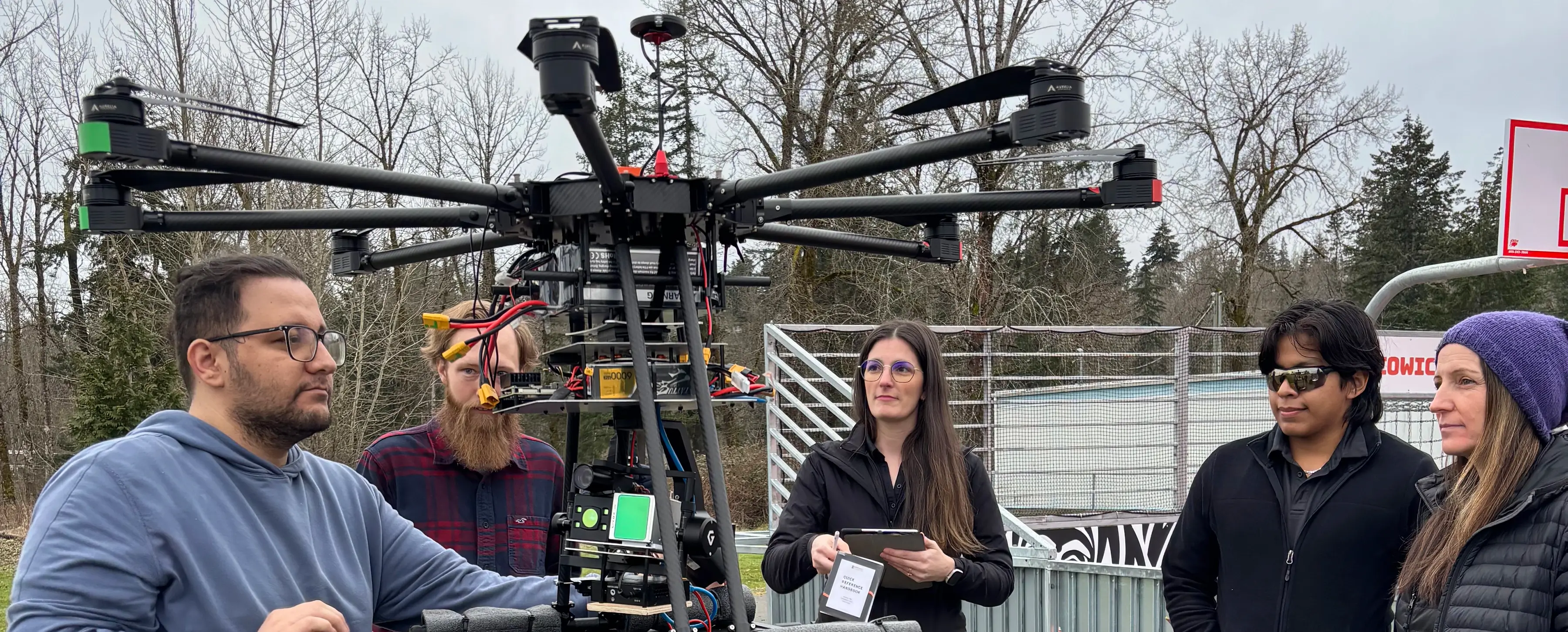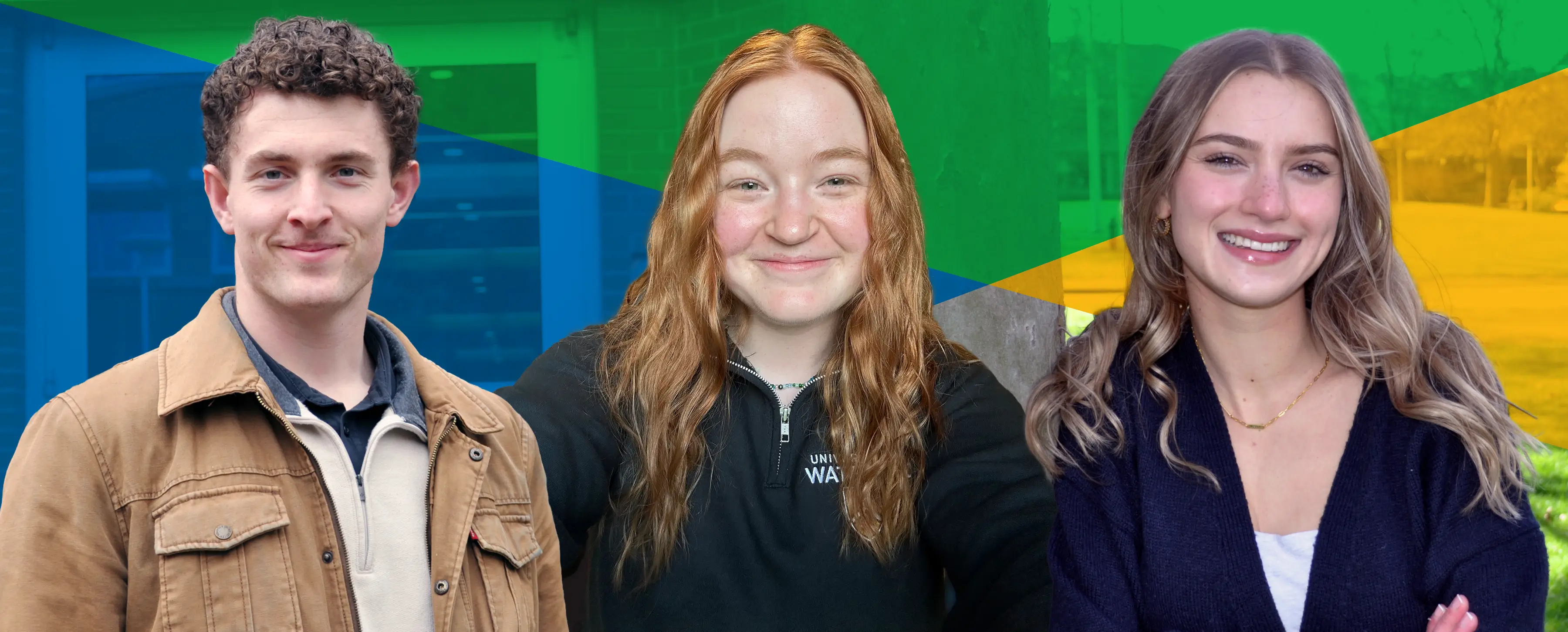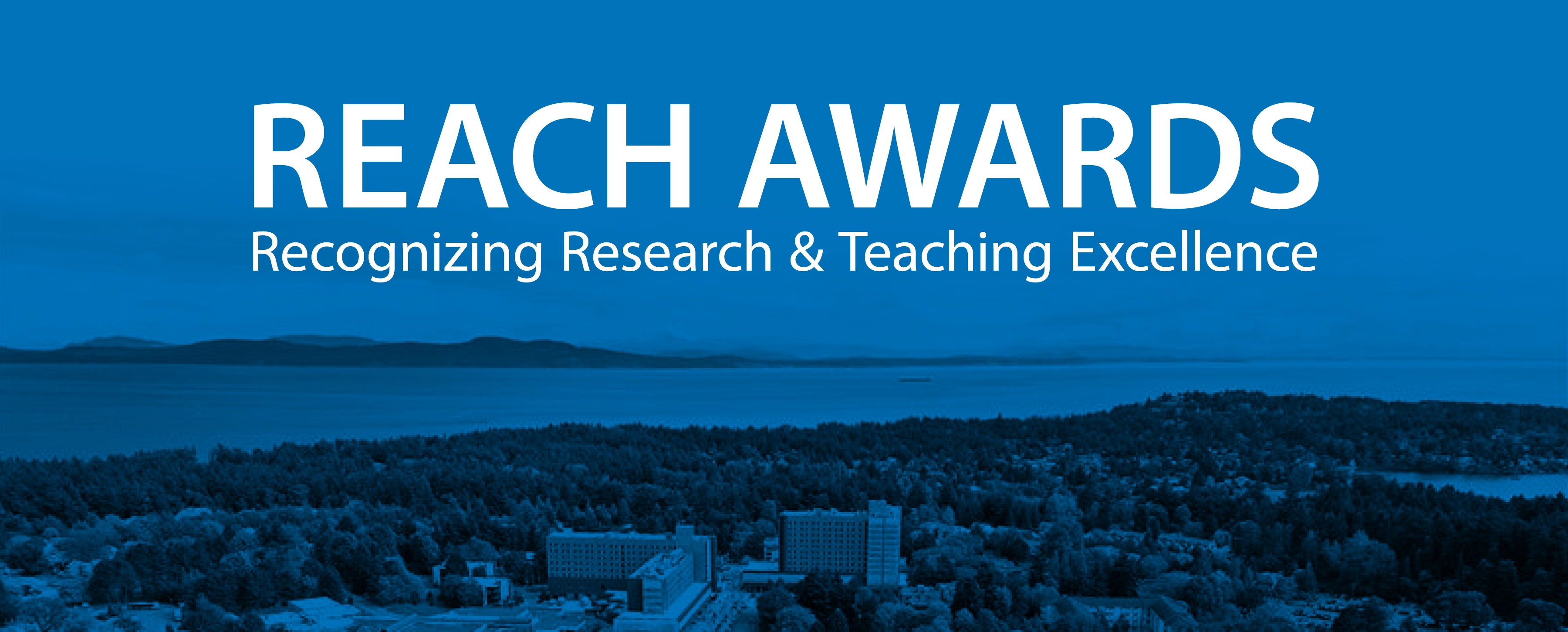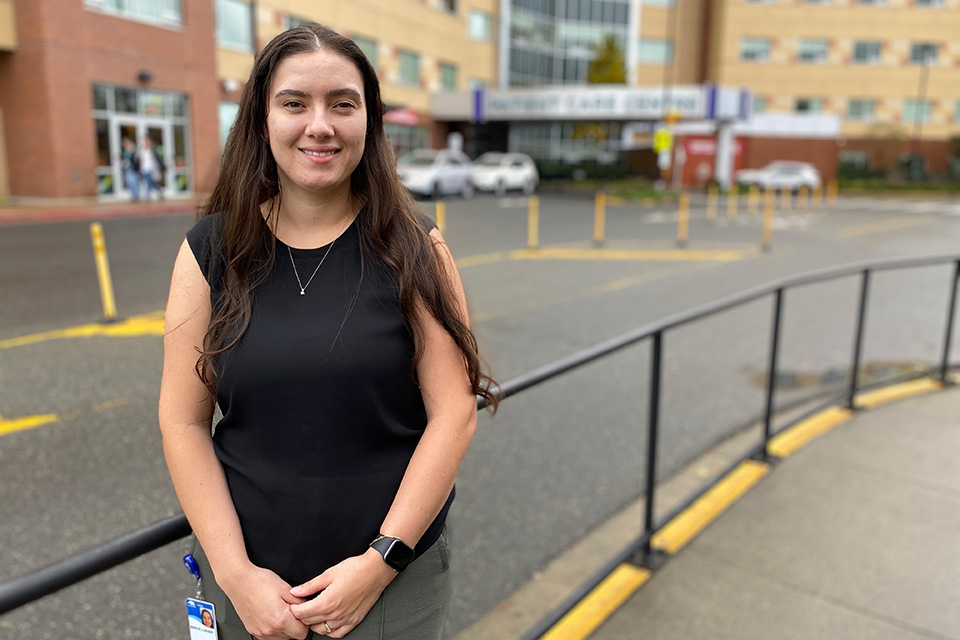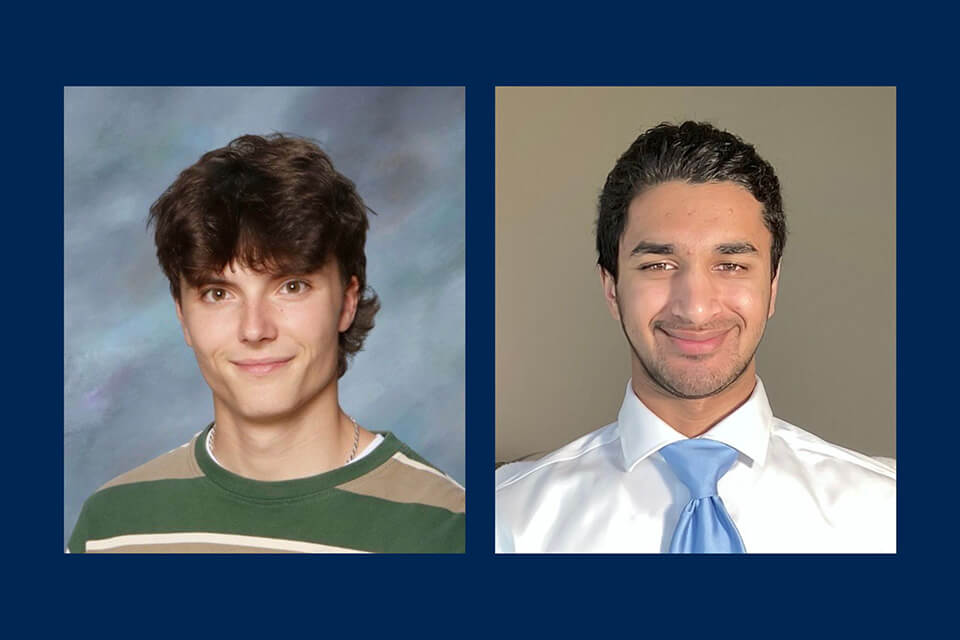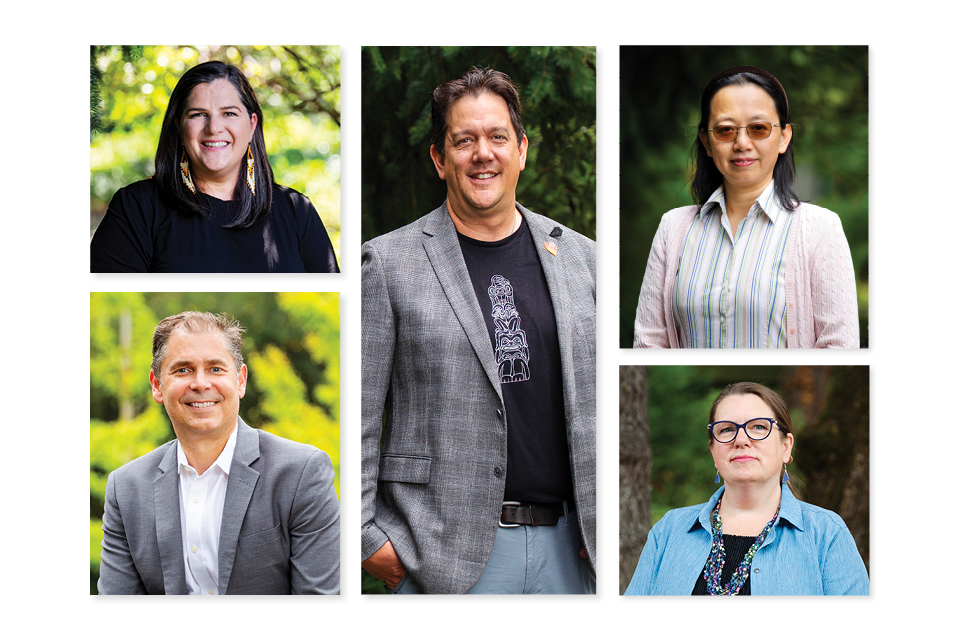Faculty of Engineering & Computer Science
-
Aerial mapping tool takes flight
Researchers at UVic are partnering with Cowichan Tribes Emergency Services and InDro Robotics to test new drone technology to support risk management for natural disasters.
-
2024 UVic Co-op Students of the Year
UVic co-op students are innovators who make a positive impact in their workplaces and communities. Each year, we celebrate three…
-
Student combines two passions to steer career in right direction
When Maya El-Lakany crosses the stage to receive her bachelor’s degree at convocation in November, she will do so as…
-
2024 UVic Schulich Leader Scholars
A pair of BC students who share an interest in water systems and the sciences, and who are beginning their…
